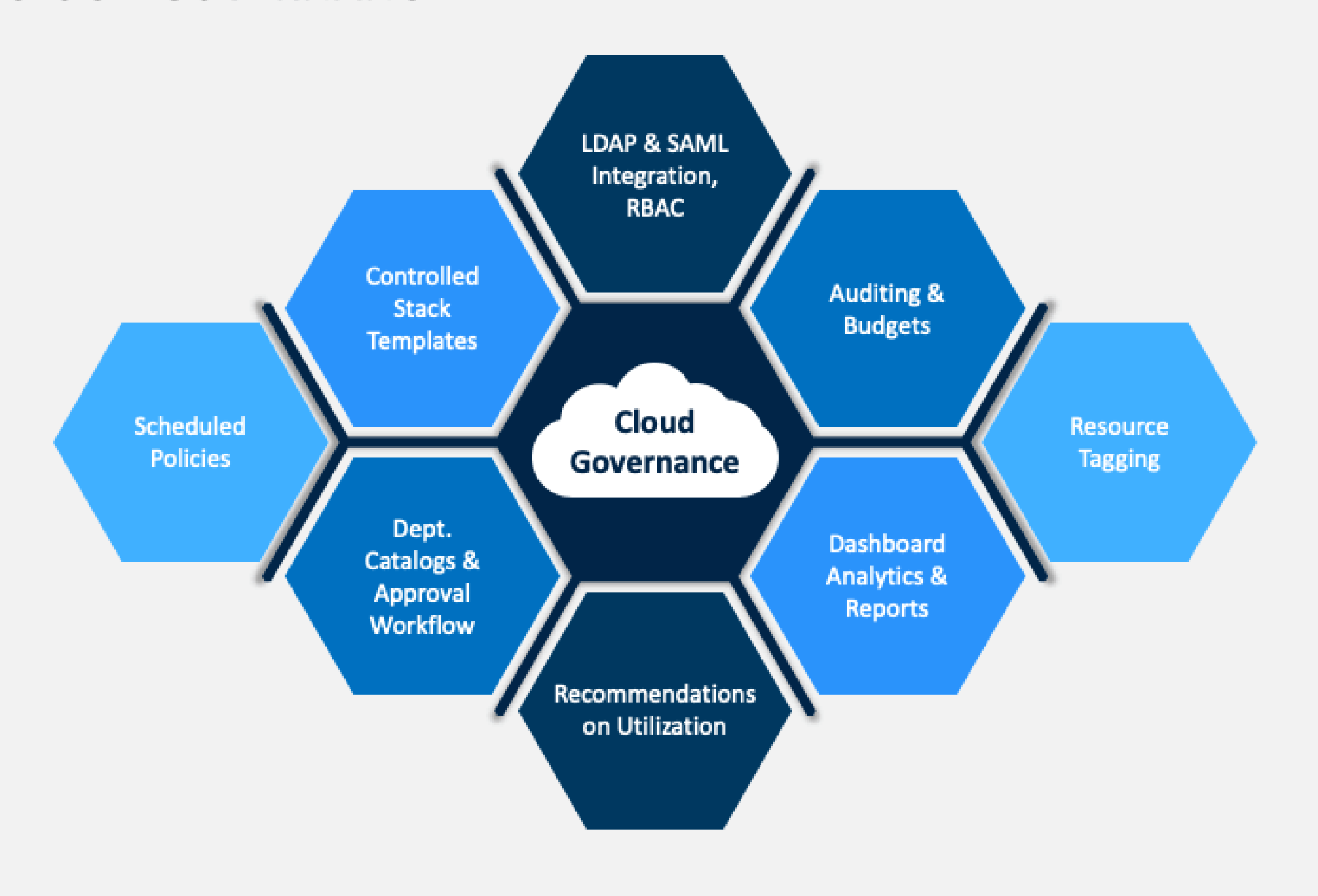Cloud Governance Best Practices

Effective cloud governance is an essential priority for any organisation leveraging cloud environments to drive business operations. With the increasing adoption of cloud platforms, it’s critical for IT managers, cloud architects, and business decision-makers to implement structured and efficient governance strategies that align with organisational goals, ensure security, and optimise costs. Below, we outline the best practices for achieving successful enterprise cloud governance.
Define Roles and Responsibilities
A strong cloud governance framework begins with clear role definitions. Assigning specific responsibilities for cloud resource management eliminates ambiguity, improves operational efficiency, and enhances accountability within teams. This involves designating roles such as cloud administrators, compliance officers, budget owners, and security managers. Each must be equipped with a clear understanding of their areas of responsibility to enable smooth collaboration and efficient oversight of cloud resources.
Identity and Access Management (IAM)
Robust IAM policies are a key pillar of cloud governance. Controlling who has access to specific cloud resources minimises the risk of unauthorised activities. By implementing role-based access controls and enforcing multi-factor authentication, organisations can significantly reduce security risks while maintaining seamless and secure operations. Regularly reviewing access permissions is also critical to ensure that only the right personnel retain authorised access over time.
Cost Management and Optimisation
Without proper management, cloud costs can quickly spiral out of control. Establishing a comprehensive cost-management strategy is essential for organisations looking to optimise expenditure. Begin by setting budgets, configuring cost tracking tools, and allocating costs to business units or specific projects. Leverage cloud-native cost optimisation tools to identify underutilised resources, consider usage-based pricing models, and eliminate redundant services. Clear visibility into your cloud expenditure empowers more effective decision-making.
Compliance with Industry Standards
Adhering to relevant regulations and standards is non-negotiable for enterprises operating within cloud platforms. These could range from General Data Protection Regulation (GDPR) compliance for data privacy to industry-specific requirements such as HIPAA for healthcare. Build compliance checks into your governance practices by incorporating automated tools that regularly assess the state of compliance and take the necessary corrective actions during audits. Staying current with regulatory requirements protects your organisation from risks and liabilities.
Automate Governance Processes
Manual processes can be time-consuming, prone to errors, and difficult to scale. By automating governance tasks, organisations can enhance efficiency and improve consistency across cloud operations. For instance, using automated workflows for tasks like deploying compliance policies, managing cloud configurations, or applying security rules can save significant time and minimise human oversight errors. Many cloud platforms offer built-in automation tools or integrations with third-party solutions that facilitate seamless governance.
Continuous Monitoring and Auditing
Governance doesn’t stop at creating policies; monitoring and auditing cloud environments are critical to maintaining adherence to governance practices over time. Regular monitoring of resource usage helps identify potential security gaps, configuration errors, or cost anomalies. Cloud-native monitoring tools simplify this by providing real-time visibility into your infrastructure and alerting administrators about deviations from established policies. Regular audits validate alignment with organisational goals and regulatory requirements.
Employee Training and Education
Cloud governance is not just the responsibility of IT professionals; it involves a coordinated effort across departments. Providing consistent training and education to employees ensures that they understand governance policies and their role in maintaining compliance. Upskilling employees on topics like security best practices, cost awareness, and identity management fosters a more informed and proactive workforce, improving overall governance effectiveness.
Elevating Your Cloud Governance Strategy
Strong enterprise cloud governance combines proactive planning, constant improvement, and teamwork to address today’s challenges in cloud resource management. By implementing these practices, organisations can create a secure, compliant, and optimised cloud environment.
Leaders looking for solutions tailored to their specific operational needs or guidance in building effective governance frameworks should leverage expert services or tools that align with their business objectives. With the right approach, enterprises can harness the power of the cloud to scale and innovate with confidence.